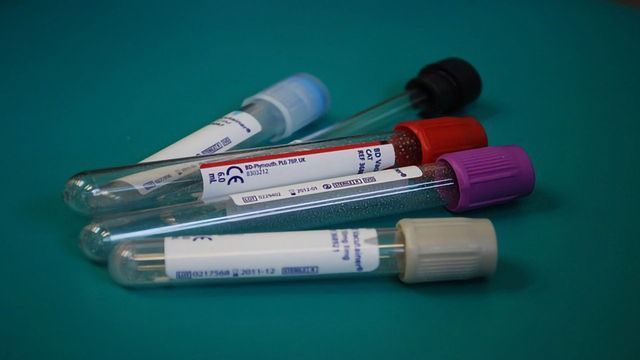Trending News
News

News
Lifestyle Factors, Not Genetics, Explains Most Premature Heart Disease
Physical inactivity, smoking, high blood pressure, diabetes, and high cholesterol play a greater role than genetics in many young patients with heart disease, a new study suggests.

News
What Can a Virginia Wildflower Tell Us About Climate Change?
Researchers at the University of Virginia and Washington State University reveal how the colonization of new environments after the last ice age, about 15,000 years ago, fundamentally altered the American bellflower, a wildflower native to Virginia.

News
Exposing How Pancreatic Cancer Does Its Dirty Work
Organ-on-chip study reveals mechanism by which the disease destroys and replaces nearby blood vessels, driving malignancy.

News
New 3D Structure and Mechanism Identified for Epilepsy-causing Protein
Korea Brain Research Institute (KBRI, President Pann-Ghill Suh) announced that a team led by principal researcher Lim Hyun-Ho discovered a new 3D structure and mechanism of a membrane protein which causes epilepsy and muscle problems.

News
Cell-free DNA: A Simple, Low Cost Approach to Detect Pathogens and Quantify Tissue Damage
A new study presents a technique to identify viruses and bacteria in the human body and quantify injuries to organs by using dead fragments of DNA, called cell-free DNA, that roam throughout the bloodstream and urine.

News
Brain Waves Detected in Lab Grown Mini-brains
Nine-month-old brains-in-a-dish and the brains of premature newborn babies generate similar electrical patterns, as captured by electroencephalogram (EEG) — the first time such brain activity has been achieved in a cell-based laboratory model.

News
Unlocking the Secrets of the Hox Genes
Scientists have long searched for ways to decipher how Hox genes create the body
map, a key to decoding how we build our bodies. Now an international group of researchers have found one such key: a method that can systematically identify the role each Hox gene plays in a developing fruit fly.
map, a key to decoding how we build our bodies. Now an international group of researchers have found one such key: a method that can systematically identify the role each Hox gene plays in a developing fruit fly.

News
Human Developmental Clock Mimicked in a Dish
Scientists at the Morgridge Institute for Research have created a new way to study development using human stem cells in the lab. Their “clock in a dish” not only opens new research avenues, it provides a way to replicate developmental disorders to better understand their cause.

News
The Oldest Parasite DNA Ever Recorded Has Been Found in Prehistoric Puma Poo
he oldest parasite DNA ever recorded has been found in the ancient, desiccated faeces of a puma. A team of scientists made the discovery after studying a coprolite taken from a rock-shelter in the country’s mountainous Catamarca Province, where the remains of now extinct megafauna have previously been recovered in stratigraphic excavations.

News
Northern White Rhino Oocytes Successfully Harvested and Fertilized
An international team of scientists has successfully harvested oocytes from the last two remaining Northern White Rhinos (NWR). Ten oocytes were collected from the rhinos living in Ol Pejeta Conservancy in Kenya. Three days later, the team reported that seven of the ten oocytes were successfully fertilized by frozen sperm from two NWRs. The achievement is part of ongoing efforts to save the sub-species from extinction.
Advertisement




